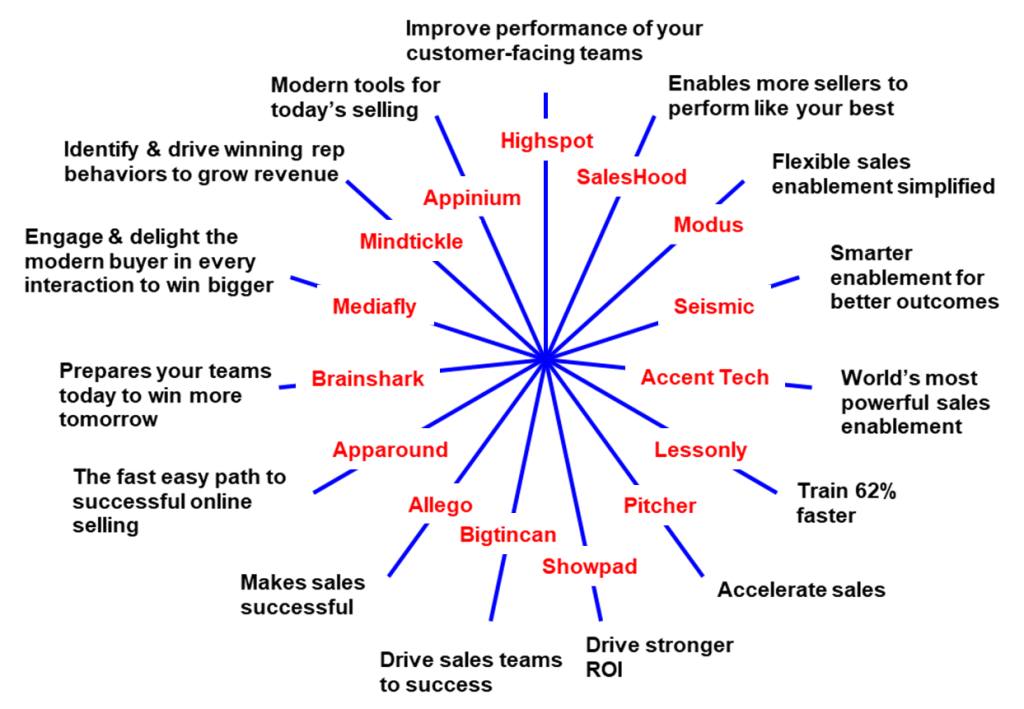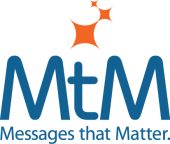What do product marketing professionals consider to be their most important responsibility? That’s one of the questions in my on-going survey to identify product marketers’ roles, responsibilities and challenges.
If you are a product marketing professional, please consider taking the survey. It takes less than four minutes. I’m just halfway to my goal of getting 100 participants.
Here’s what survey participants consider to be their most important responsibilities. From written responses, these were mentioned most often:
1) Product positioning and messaging
2) Demand generation
3) Product launches
4) Go-to-market strategy
5) Providing tools to make sales successful (sales enablement)
I trust you will find something useful in the topics I cover in this newsletter. Thinking about changing your position? I explain when you should and shouldn’t. Want to cut the time it takes to launch a marketing campaign? It’s all about process. You need one! And there’s much more. I hope you find at least one takeaway you can put into action right away.
Topics covered in this newsletter:
Surprise! Positioning has two meanings
Tap into the power of consistency and repetition
The two keys to successful positioning
Two reasons that justify changing your position
Slash the time it takes to envision and launch a marketing campaign
Surprise! Positioning has two meanings
Many B2B software and technology marketers, product marketers and marketing consultants don’t seem to want to acknowledge that positioning has two different meanings. They say positioning is how your company or product is situated in its market relative to the competitors. While this kind of positioning is useful, it’s not nearly as strategic as the other kind of positioning.
Positioning is ALSO how your company, product or service is situated in the minds of customers and target audiences. I define positioning as a mental space in your target audience’s mind that you can own with an idea that has compelling meaning to the recipient.
It’s in this mental space where an important benefit of your product, solution, service or company meets with the customer’s most important need and, where they form a meaningful relationship.
For a deeper dive into my definition for positioning and why it is important, check out this blog:
https://messagesthatmatter.com/what-is-positioning-and-why-is-it-important/
Tap into the power of consistency and repetition
You can have the most fantastic position in your market, but it won’t resonate with your target audience unless you use it often and repeat it until you are sick of it. And then keep repeating it.
Why?
Your chances of getting your message to stick in the minds’ of your target audience go up dramatically when you take advantage of the power of consistency and repetition. They are the most important factors in claiming a position – that mental space in your target audience’s mind that you can occupy with a solution to one of the target’s most pressing problems.
What do I mean by consistent? I mean using your positioning statement as the theme for everything you do in marketing. You’ll want to execute the same, carefully crafted positioning statement on your website, and in brochures, press releases, e-mail campaigns, banner ads, presentations; literally all marketing communications.
While consistency and repetition go hand-in-hand, repetition is the stronger partner. Repetition – that is, repeatedly exposing the target audience to the same position over an extended period of time – is perhaps the most important factor in claiming a position and giving it staying power.
That’s because even the repetition of a few simple words sends a strong signal to the decision-making portion of the brain, prompting it to note ‘I should remember that’ according to the book “Neuromarketing. Understanding the “buy buttons” in your customer’s brain.”
By repeating your position often in all marketing communication your target audience will bookmark it as important and remember it.
The two keys to successful positioning
Even a catchy, creative positioning statement won’t resonate with your target audience unless it is unique and expresses a benefit that solves a pressing target audience problem.
Your research should have uncovered your target audience’s most pressing problems through interviews with sales, customers and prospects (if possible). Rank them by importance. Then create a positioning statement that solves one of the most pressing problems. Test it for uniqueness.
I use perceptual mapping to present my findings after evaluating the positioning strategies of companies in a particular market. Perceptual mapping makes it easy to see how your product is positioned relative to the competition. I recently did an evaluation of the positioning strategies of the leading B2B sales enablement solutions. Here is the perceptual map:

Two reasons that justify changing your position
It’s that time of year when you may consider changing your position – that mental space in your target audience’s mind that you can occupy with a solution to one of the target’s most pressing problems.
While it is a good idea to periodically evaluate the effectiveness of your position, here are the two most important reasons to change it:
- It fails to express a benefit that solves one of the target audience’s most pressing problems. Some think target audience problems change over time or because of the pandemic. It is my experience that it is rare when target audience problems change. For example, the problems caused by overuse of spreadsheets for many B2B software applications is as prevalent today as it was 20 years ago.
- It is not unique; other competitors have the same position. Lack of differentiation is one of the most common problems in B2B software and technology marketing. For some reason, companies either copy a competitor’s position or they don’t pay attention to how their competitors are positioned on a regular (monthly) basis.
Congratulation if your position is unique and important to the target audience because it expresses a benefit that solves a pressing problem.
So how long should you stick to your position? At least 18 months, and ideally a lot longer. For example, Salesforce stuck with its position around the notion of success for more than 10 years.
Slash the time it takes to envision and launch a marketing campaign
Based on early results from my on-going survey, B2B product marketing professionals say it takes too long to envision and launch a marketing campaign.
The primary reason for this inefficiency is that a lot of time is devoted to figuring out the copy every time you start a new marketing campaign. Then there’s the slow, painful process of getting final approval.
One way to solve the problem is to adopt a positioning process that produces a detailed message strategy and a rationale document that summarizes the research used to converge on your message strategy. But positioning takes time, you say.
Ironically, by taking the time to go through a positioning process for your product, you’ll save a huge amount of time that can be devoted to other activities on your “Todo” list. That’s because most of the time devoted to a positioning process is focused on creating a message strategy that becomes the foundation for everything you do in marketing.
Rather than spend significant time figuring out what to say every time you launch a new marketing campaign, simply execute your message strategy which includes a positioning statement, three to four support points and as much detail as necessary to support all marketing communications and situations. Your message strategy is like a recipe for how to communicate in every aspect of your marketing efforts. Follow the recipe and you get a good story!
This is a link to my latest blog about how to cut the time it takes to launch a new product marketing campaign.
